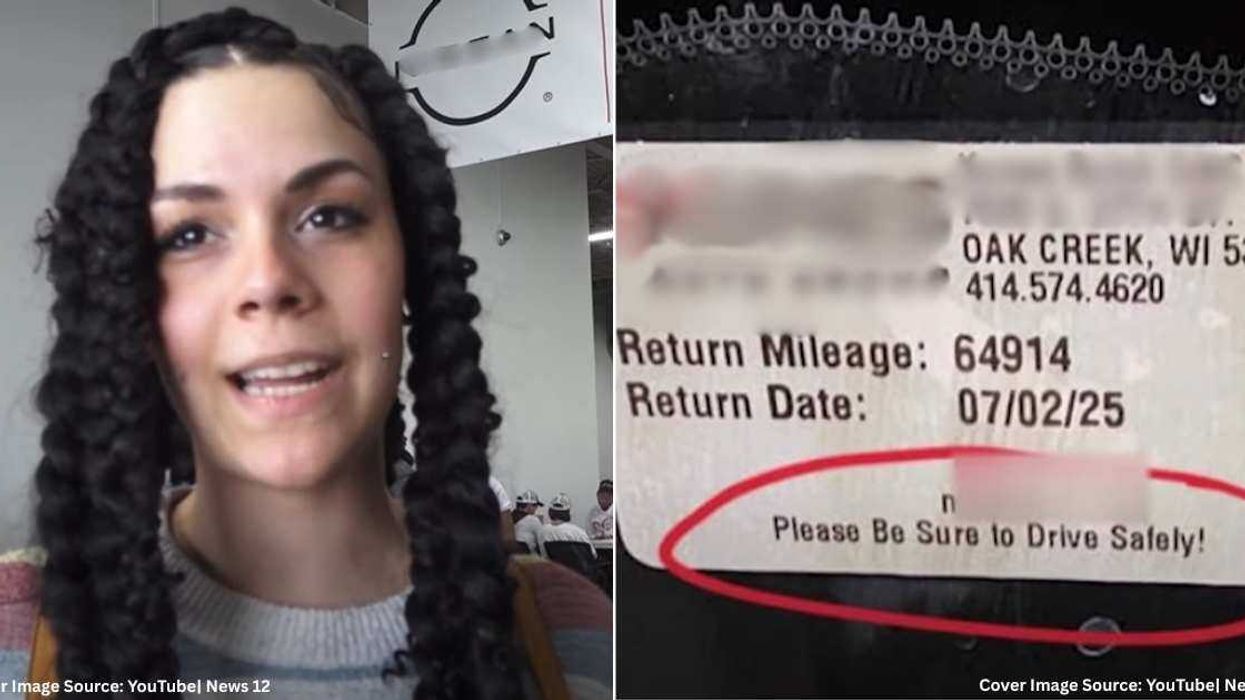Ziad Ahmed’s Stanford admission application is going viral. When prompted to answer the question, “What matters to you, and why?” the 18-year-old high school student simply wrote the same hashtag over and over, 100 times: #BlackLivesMatter. And he got in. On Monday, Ahmed posted screenshots of his application and acceptance letter to Twitter, and his tweet has since received more than 2,000 retweets and 4,000 favs.
"To me, to be Muslim is to be a BLM ally, and I honestly can't imagine it being any other way for me," Ahmed told Mic in an interview. "It's critical to realize that one-fourth to one-third of the Muslim community in America are black … and to separate justice for Muslims from justices for the black community is to erase the realities of the plurality of our community."
The young Bangladeshi-American—who self-describes as an activist—has also received acceptances from Yale and Princeton. His extensive resumé includes an internship on Hilary Clinton’s 2016 presidential campaign. At the age of 14, he also founded Redefy, an organization that holds workshops for middle schoolers to promote conversations on gender and race.
"The insistence on an explanation is inherently dehumanizing," Ahmed said to Mic. "Black lives have been explicitly and implicitly told they don't matter for centuries, and as a society—it is our responsibility to scream that black lives matter because it is not to say that all lives do not matter, but it is to say that black lives have been attacked for so long, and that we must empower through language, perspective, and action."
It’s a lesson that Stanford admissions officers and hiring managers could stand to learn—black students account for less than 8 percent of its undergraduate class, and black employees account for only 2 percent of its faculty.
















 Otis knew before they did.
Otis knew before they did.